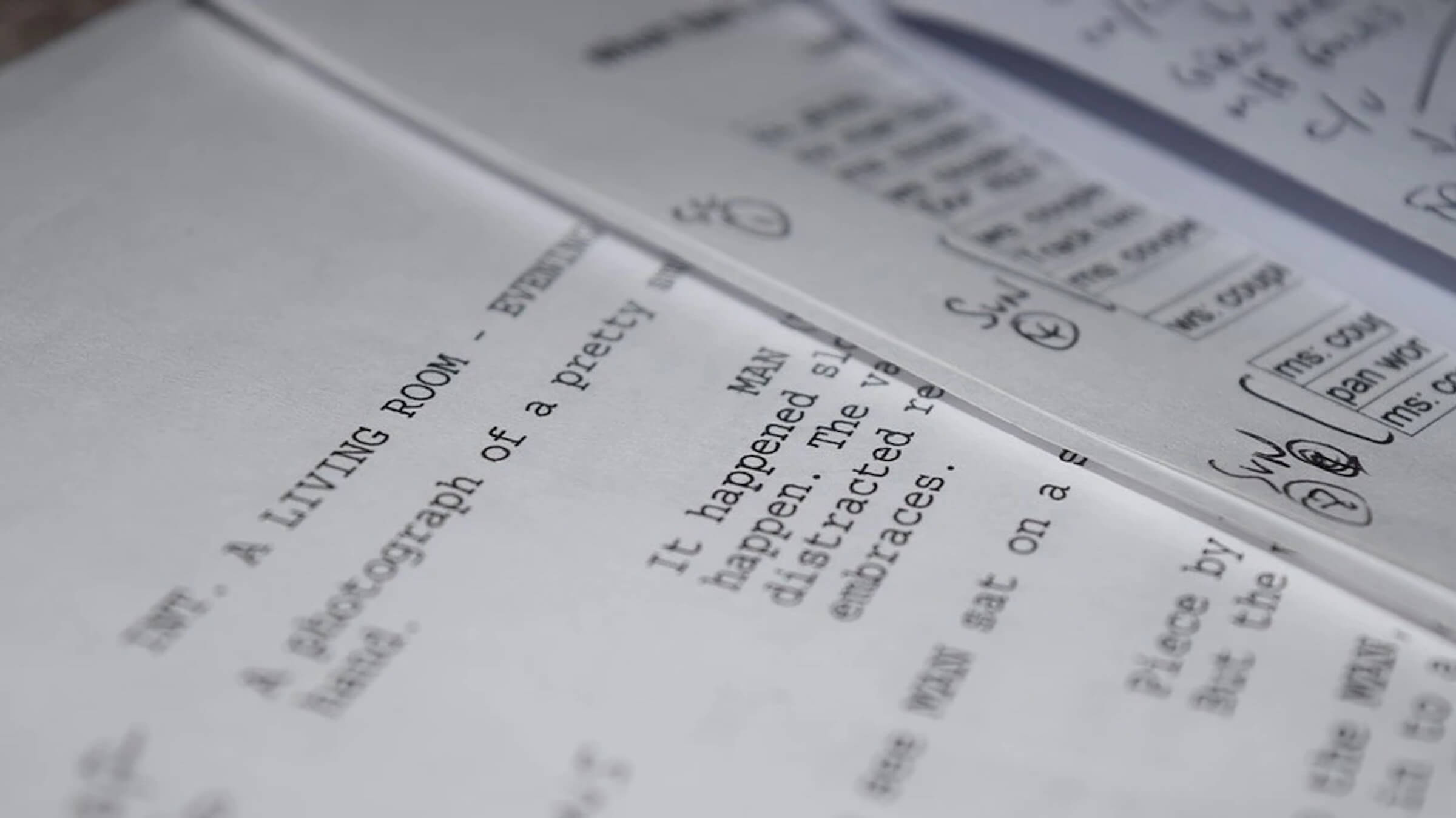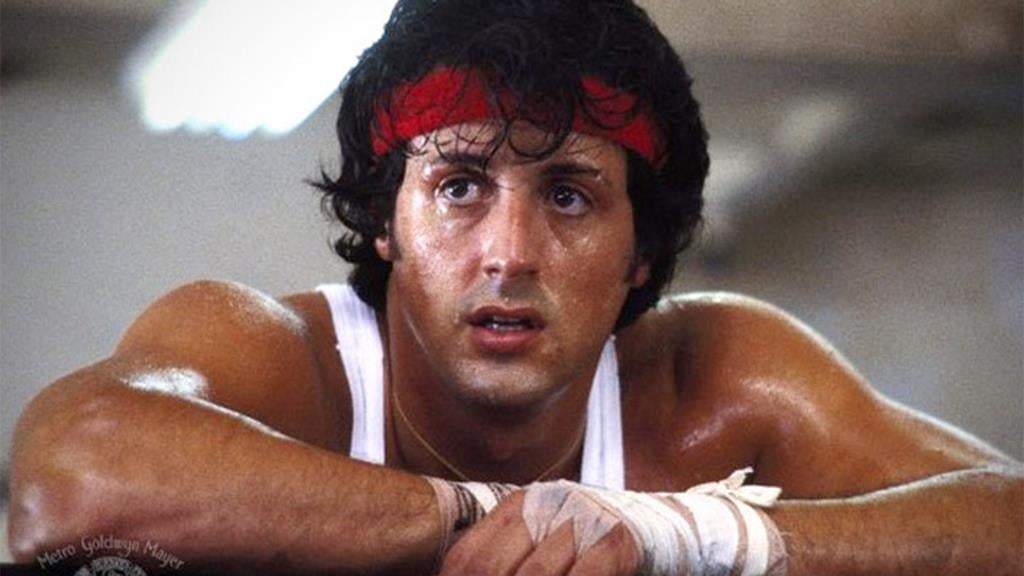Choosing a Setting for Your Script
December 30, 2022
Choosing the setting for your screenplay or pilot might seem trivial to some writers, but the primary location and environment for your story can have a great impact: it can affect the mood and tone of your script, open up possibilities for set pieces and your overall narrative, and help distinguish it in a highly competitive marketplace. Like many aspects to writing, choosing a setting should be seen as an opportunity rather than a perfunctory decision.
Over the years I’ve read my share of screenplays and pilots from aspiring writers, and the majority of them took place in three locations: Los Angeles, New York City, or “the suburbs” (i.e., a non-regional and generic suburban setting). Yes, a lot of films and TV series have taken place in these three locations, but that’s also the problem with them: a lot of films and TV series have taken place in these three locations. As a result, these locations can make your script “too familiar”, which is a dreaded phrase that has led to many spec scripts being passed on.
Keep in mind, managers, agents, and producers read scripts day in and day out. That means, in addition to having seen numerous films and television series that have taken place in LA, NYC, or the suburbs, they are constantly reading scripts that also have these settings. As you can imagine, after awhile, a certain fatigue sets in. Speaking for myself, if I read a script with a LA, NYC or suburban setting, my first reaction is to roll my eyes. Obviously, if the script has a strong concept and great writing throughout, it can rise above its familiar setting. But if you can help it, why not make your script as fresh and distinct as possible?
I once sold a television concept to the USA Network, and I developed and wrote a pilot based on the concept. My initial pitch was that the series revolved around two Italian-American brothers from the Northeast who were trying to get a startup dating app off the ground and how their abrasive personalities clashed with the tech community. I had pitched the show’s setting to be Los Angeles because at the time it was where I was living and it was a world I had become used to. One of the network execs suggested I changed the location to the Silicon Valley, not just because it worked better with the startup entrepreneurs/fish out of water concept, but also because my pitch was too similar to Entourage (two Northeast brothers in Los Angeles) and, in general, he felt the LA setting was played-out. He proceeded to tell me the genesis of the cult-loved series It’s Always Sunny in Philadelphia and how its setting was changed in early development.
Actor friends Robert McElhenney, Glenn Howerton, and Charlie Day had shot a short film, which they thought could serve as a de facto pilot for It’s Always Sunny (parts of it was used for the first season, but it was never aired in its entirety). This short film contained much of the show’s style and humor, however, there was one chief difference: it took place in Los Angeles and the characters were struggling actors. FX execs loved the short film and purchased the series, but they felt the Los Angeles setting was too familiar and suggested McElhenney’s hometown of Philadelphia become the setting in order to distinguish it from other TV shows. The main characters (a.k.a. The Gang) went from struggling actors to reprobates owning a dive bar in Philly. No doubt the show would’ve had the Gang’s trademark dark and twisted antics regardless, but the Philly setting and underdog aesthetic became an important characteristic of the show and like the network execs had predicted, it helped it to stand apart from other LA centric series.
Similarly the USA execs I was working with had good instincts. My concept and the eventual pilot was improved upon by setting it in the Silicon Valley. And even though it was never shot, my pilot foreshadowed the HBO series Silicon Valley, which premiered not too long after my project fell into development hell. At very least, it showed we were headed in the right direction. Although, unlike me, Mike Judge actually had an authentic connection to the Silicon Valley, having worked for a startup company there.
In addition to the familiarity factor, many film and television productions have moved to less expensive places to film than LA and NYC, so that’s another reason not to set your script in those cities. Of course if it’s essential to your story, you shouldn’t hesitate to set your script in LA or NYC, but at very least, try to show a neighborhood or community that hasn’t been explored yet. In general, the more you can reveal something new to readers, the bigger impression you’ll make. One of the factors in the success of the AMC series Breaking Badand Better Call Saul was the Albuquerque setting. This was a world that was fresh and interesting to many viewers.
A setting can also be a means of self-expression; whether it’s a city, a rural area, or even “the suburbs.” In fact, the two filmmakers most associated with suburban environments — John Hughes and Steven Spielberg — proved it doesn’t have to be generic. In Hughs’ films, the suburbs aren’t just any suburbs; they’re specifically the Chicago suburbs and his films have a distinctly Midwestern character. Hughes grew up and lived in a Chicago suburb, so he had a personal connection to this setting. In contrast, Steven Spielberg moved around more when growing up and had lived in Ohio, Arizona, and California. Because of his upbringing, Spielberg had a strong grasp of both the similarities and differences in the suburban landscapes of America in the second half of the 20th Century. What’s now referred to as “Spielberg’s suburbia” was usually colored by both a universal quality and regional distinction in his films and productions (e.g., Close Encounters of the Third Kind, a Midwestern suburb; E.T., Poltergeist, and Back to the Future, all Southern California suburbs; The Goonies, a seaside Oregon town; Gremlins, a sleepy Pennsylvania town; etc.).
Taking inspiration from Spielberg’s suburbia, the creators of the hit Netflix series Stranger Things chose to set their show in a Midwestern suburb, bringing both a universal and regional quality to its setting. And by choosing this setting, the series’ creators tapped into the nostalgia of an entire generation, which was one of the factors in the show’s success. Nostalgia is a very powerful emotion and it’s another way the right setting can make a difference.
Most importantly, a writer should choose a setting that enhances their story. When first conceiving of Rocky, Sylvester Stallone bounced between New York City or Philadelphia as potential settings. He had lived in both cities when growing up and knew both of them very well. He eventually went with Philly because he considered it more of an underdog city in comparison to NYC, and as such, it better represented the underdog spirit of the script’s title character. Now just imagine if Rocky had taken taken place in NYC rather than Philly: would it have been quite the same film? Would it have been as revelatory to audiences? Today we can’t think of Rocky without thinking of the City of Brotherly Love; the two are forever intertwined.
Before choosing the setting of your script, a writer should ask themselves the following questions: How familiar is the setting? Will the setting distinguish the script in the marketplace? Does the setting reveal an environment or culture we haven’t seen before? Does the setting offer the writer a chance for self-expression? Does the setting tap into nostalgia or any other powerful emotions? And finally, does the setting add to the story and characters?
When a writer can answer all these questions, they’ll be able to choose the perfect setting.
Written by: Edwin Cannistraci
Edwin Cannistraci is a professional screenwriter. His comedy specs PIERRE PIERRE and O’GUNN both sold with more than one A-list actor and director attached. In addition, he’s successfully pitched feature scripts, TV pilots and has landed various assignment jobs for Universal, Warner Bros, Paramount and Disney.



